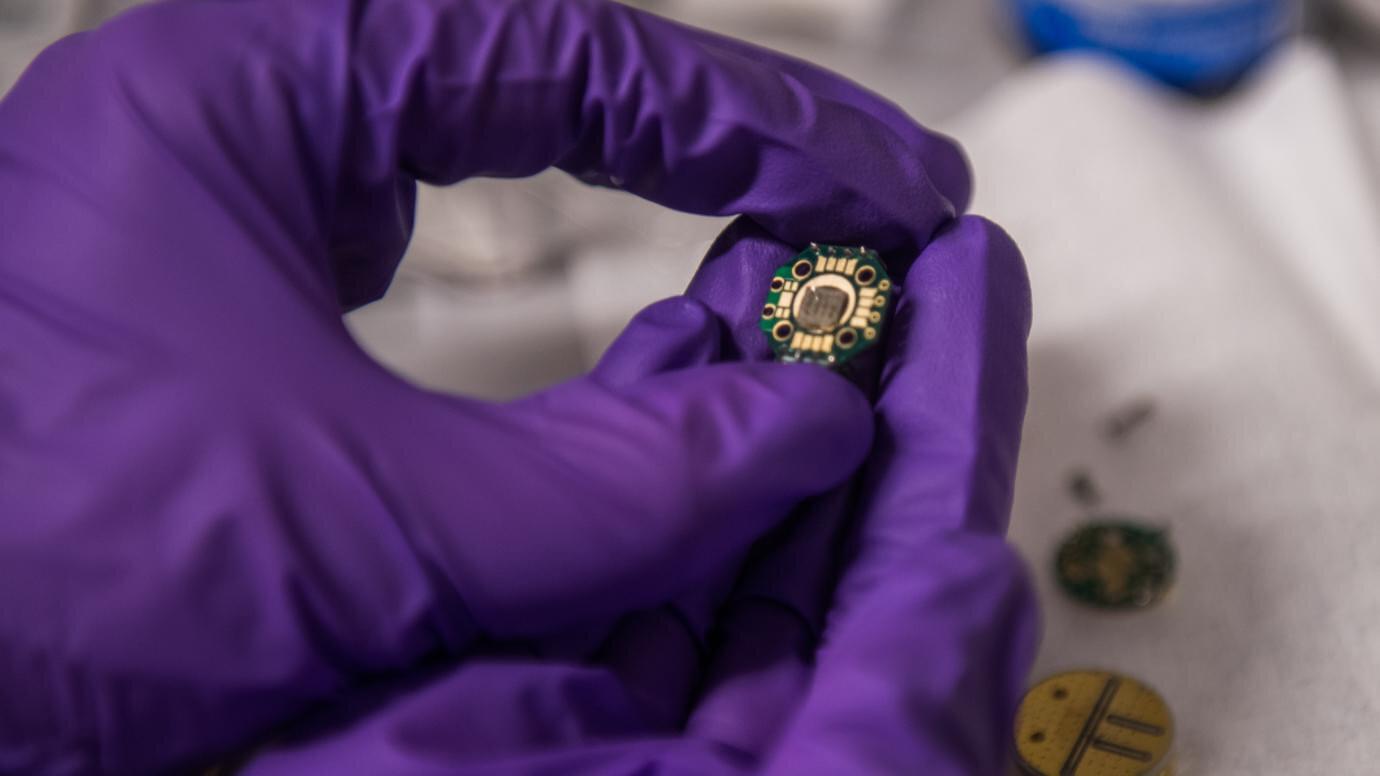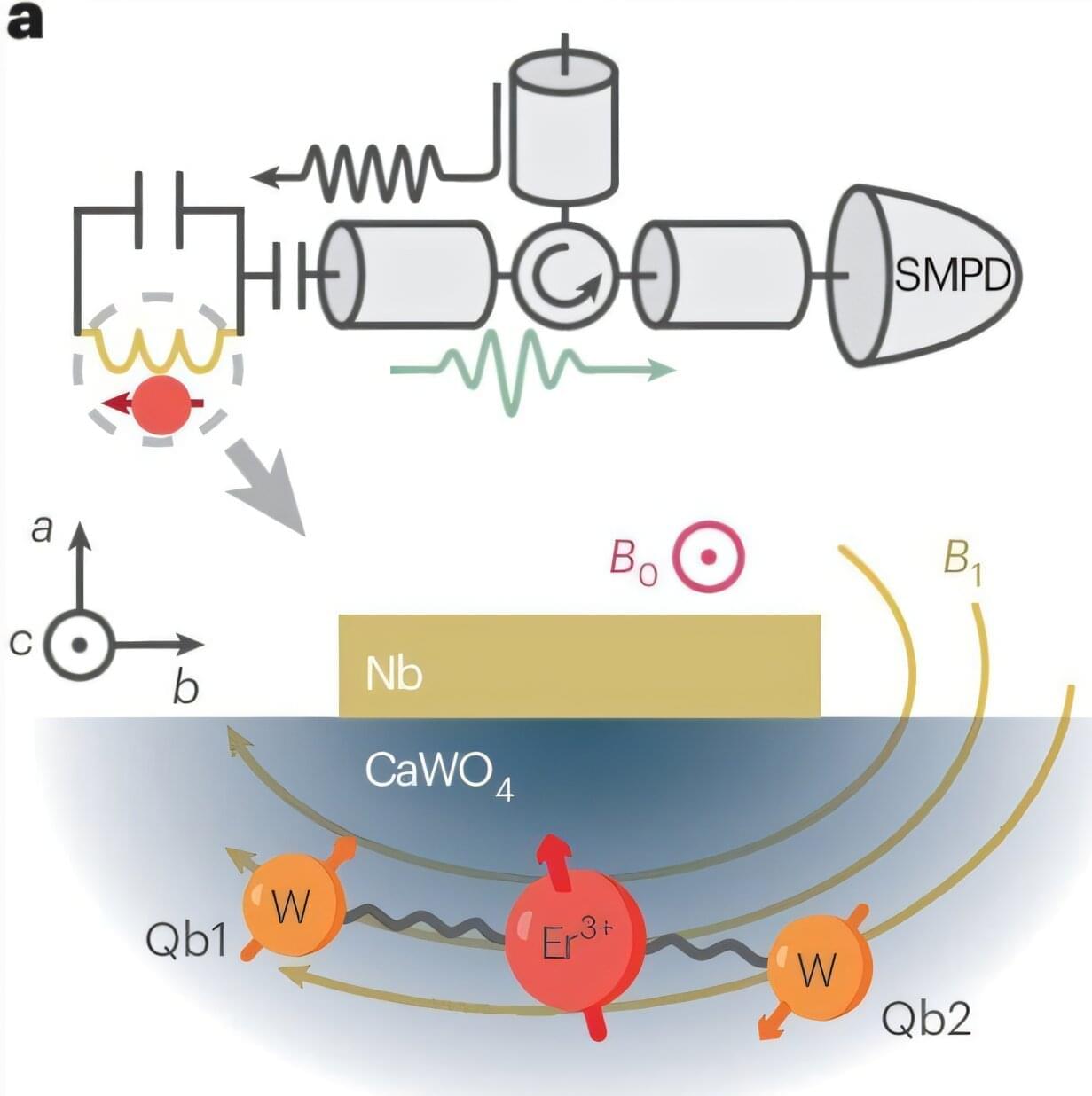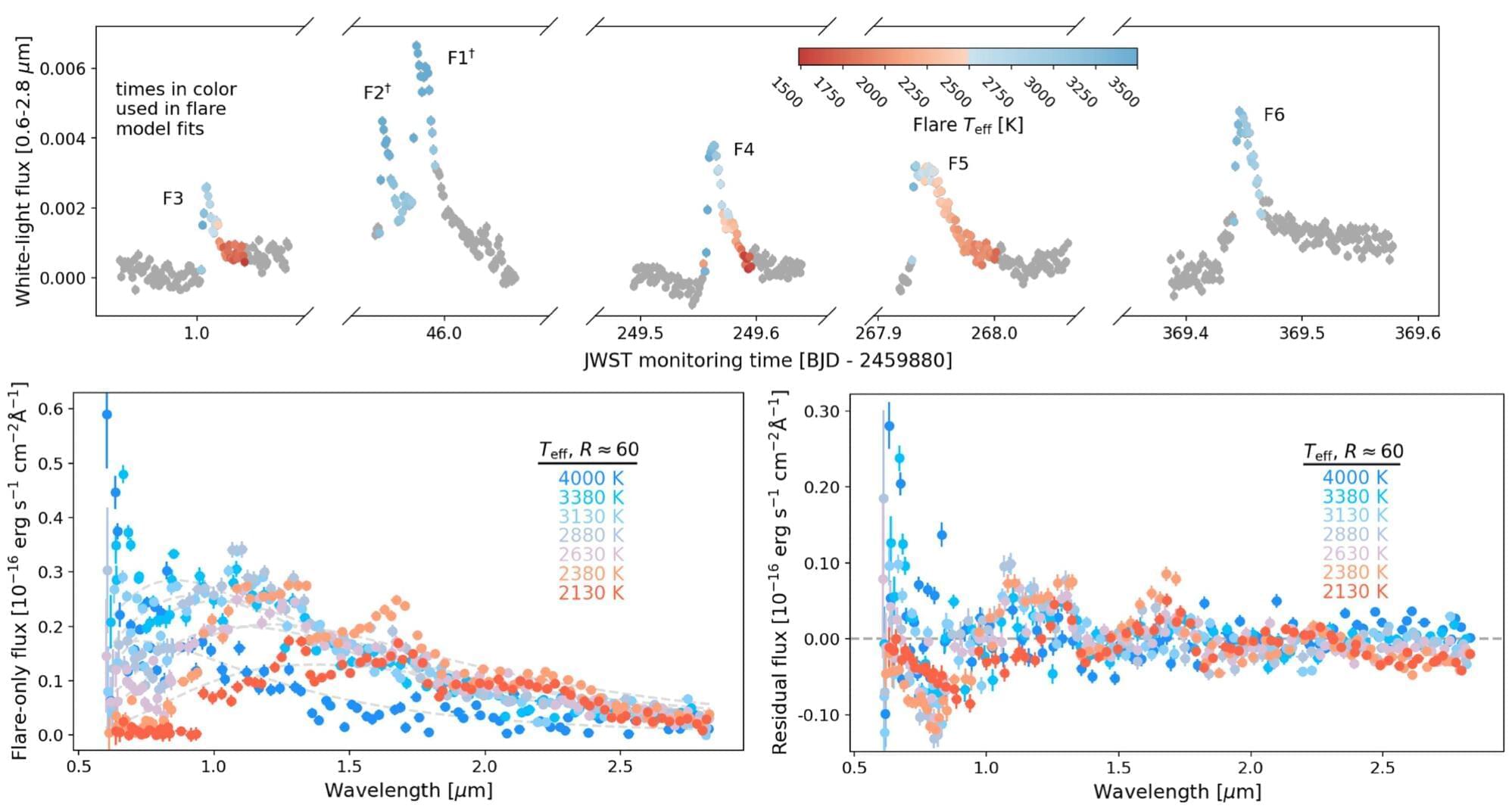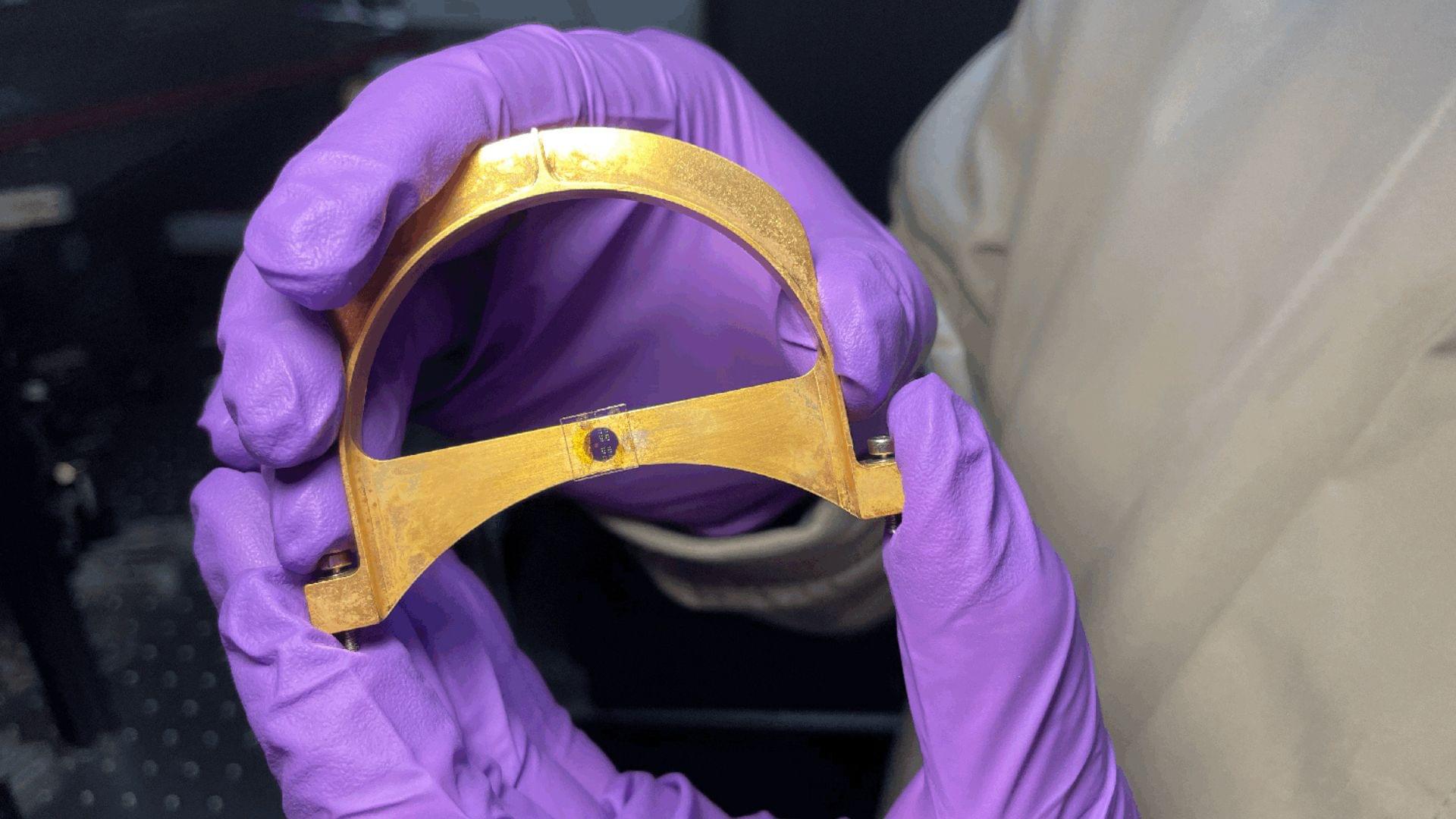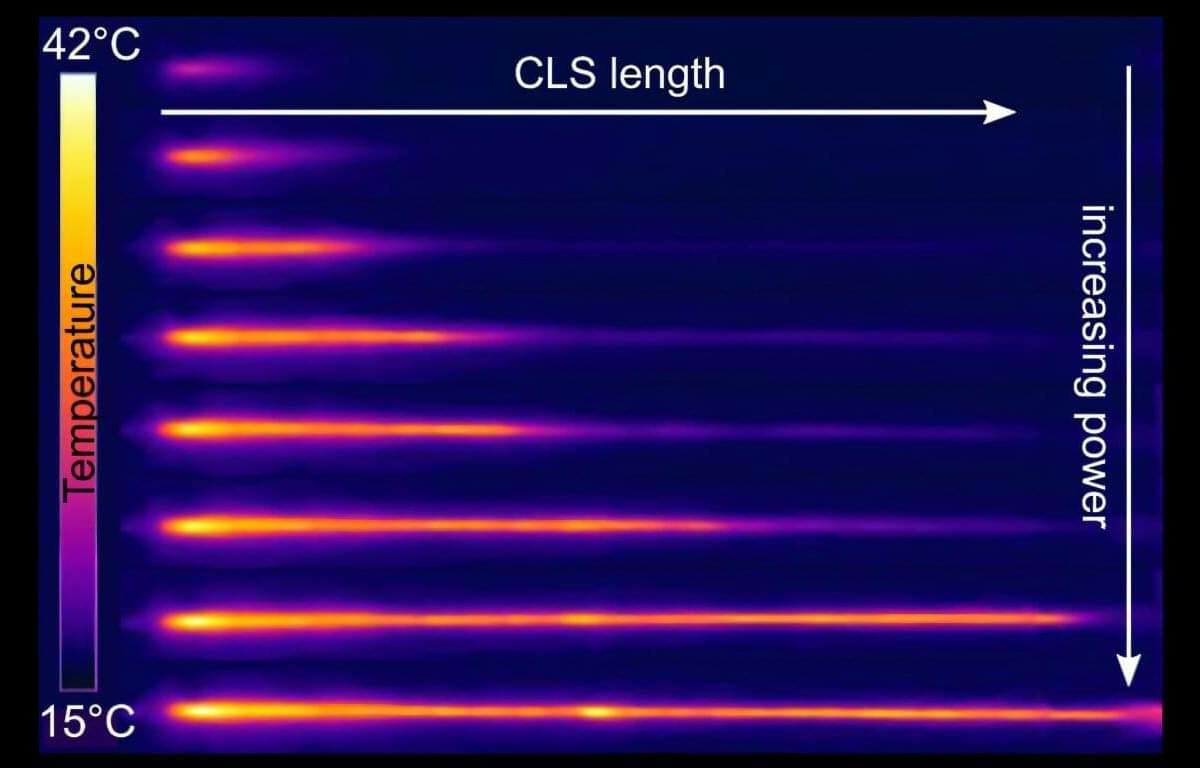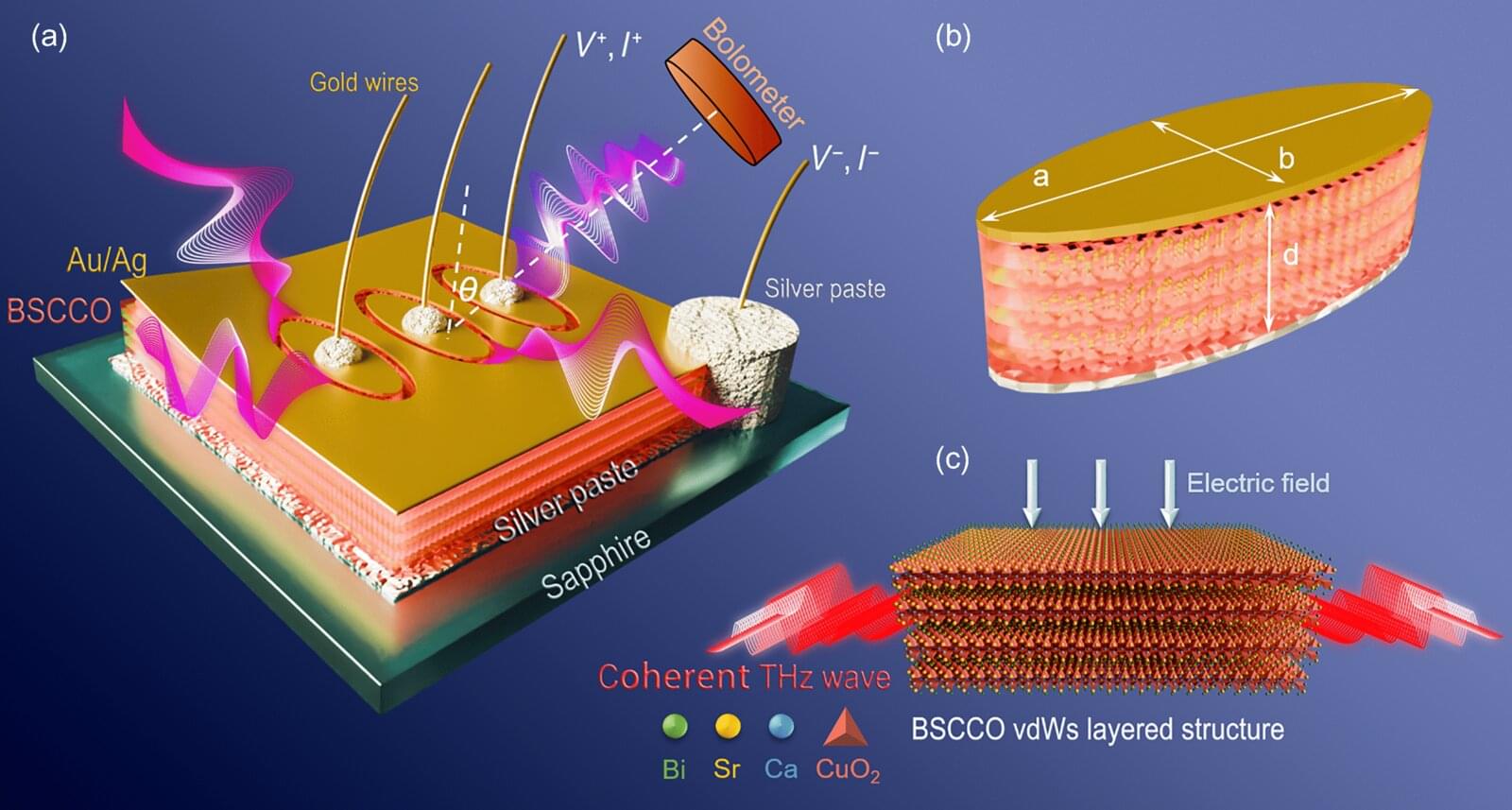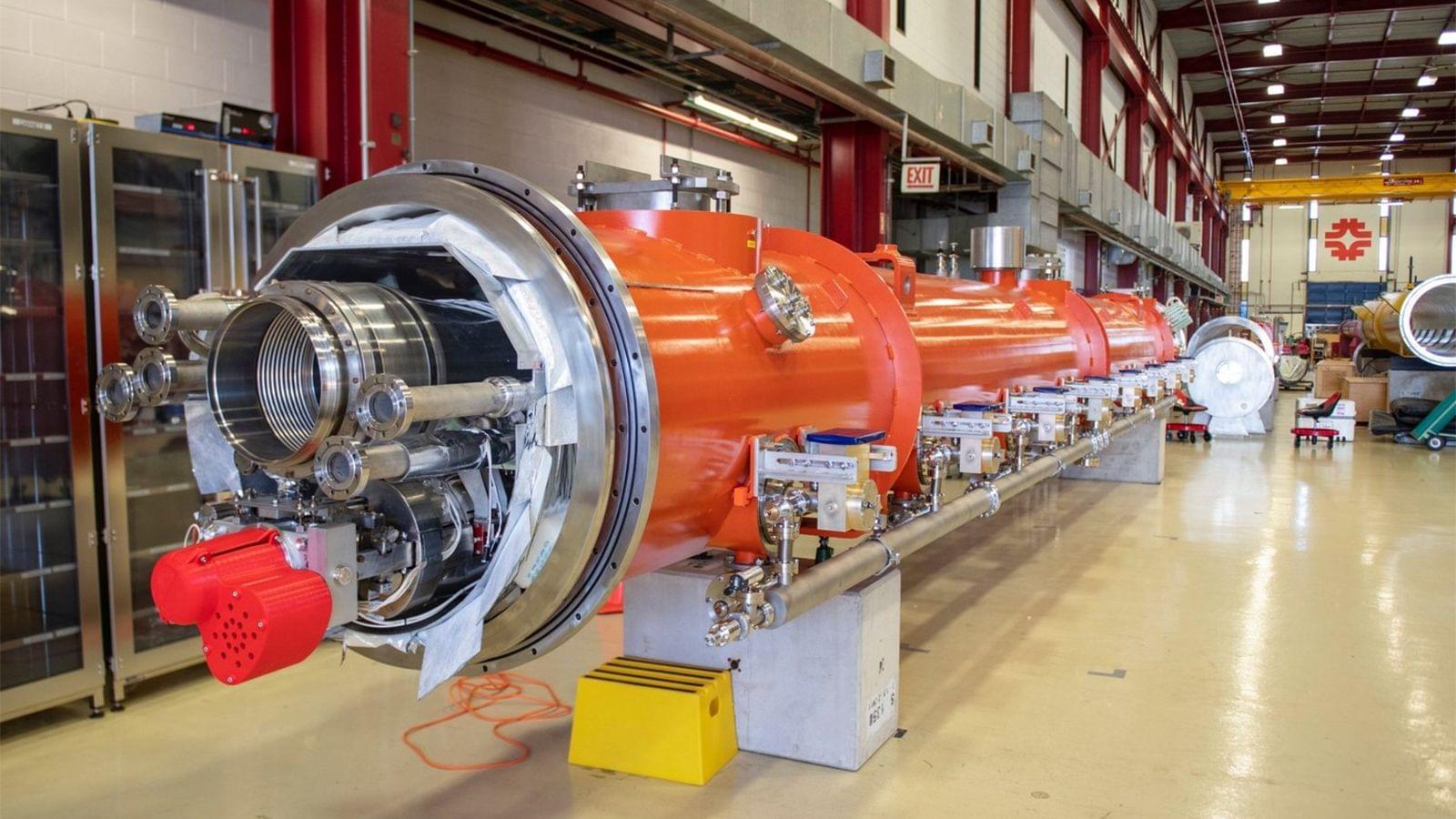Quantum technology is accelerating out of the lab and into the real world, and a new article argues that the field now stands at a turning point—one that is similar to the early computing age that preceded the rise of the transistor and modern computing.
The article, authored by scientists from University of Chicago, Stanford University, the Massachusetts Institute of Technology, the University of Innsbruck in Austria, and the Delft University of Technology in the Netherlands, offers an assessment of the rapidly advancing field of quantum information hardware, outlining the major challenges and opportunities shaping scalable quantum computers, networks, and sensors. The paper appears in Science.
“This transformative moment in quantum technology is reminiscent of the transistor’s earliest days,” said lead author David Awschalom, the Liew Family Professor of molecular engineering and physics at the University of Chicago, and director of the Chicago Quantum Exchange and the Chicago Quantum Institute.
